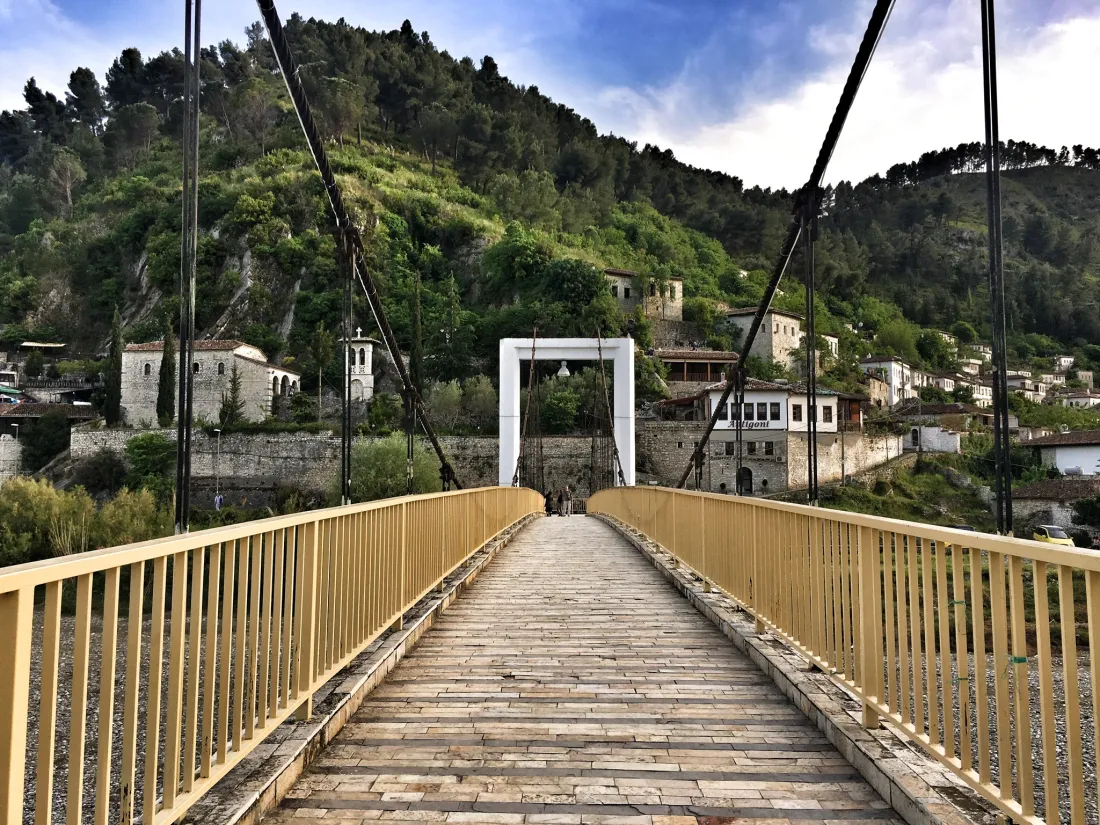As two of the oldest cities in Albania, Durres and Berat both have their own fascinating history and are less than two hours away from Tirana, making them a perfect choice for a day trip outside the capital for anyone looking to learn a thing or two about the yesteryears of one of Europe’s quirkiest countries. Having visited the two cities independently and spontaneously on a few separate occasions, I decided it was finally time to get an educated introduction, and so I headed out on the Full Day Trip in Berat tour, hosted by friends at Travel Albania.
MORNING
Around 9:30am, Eneida and Ilir pluck me from Skanderbeg Square and we head about 40 minutes west towards the coast to our first stop: Durres.

Durres, which is practically a coastal appendage of Tirana with a straight-shot highway running between the two, is the main port city in Albania and also one of the most historically significant. It is thought to have been inhabited for around 3,000 years, although its historical heyday was during the Roman times when it served as a major military base and transit hub between Italy and the east. Dyrrachium, as it was then called, was the western starting point for the Via Egnatia, which was the old Roman road that reached what is now Thessaloniki (Greece) and Istanbul (Turkey).
In terms of cultural attractions, the most important sight in Durres is the amphitheater in the center, one of the largest in the Balkans, which dates back to the 2nd century AD and used to hold around 15,000 spectators. The most interesting (and very Balkan) thing about it is the fact that it is literally just chilling in the middle of a residential neighborhood which is the main reason why to this day only about half of it has been excavated. In order to continue any work, all homes on top of the ruins would need to be removed which you can imagine doesn’t sit too well with those currently living inside them.
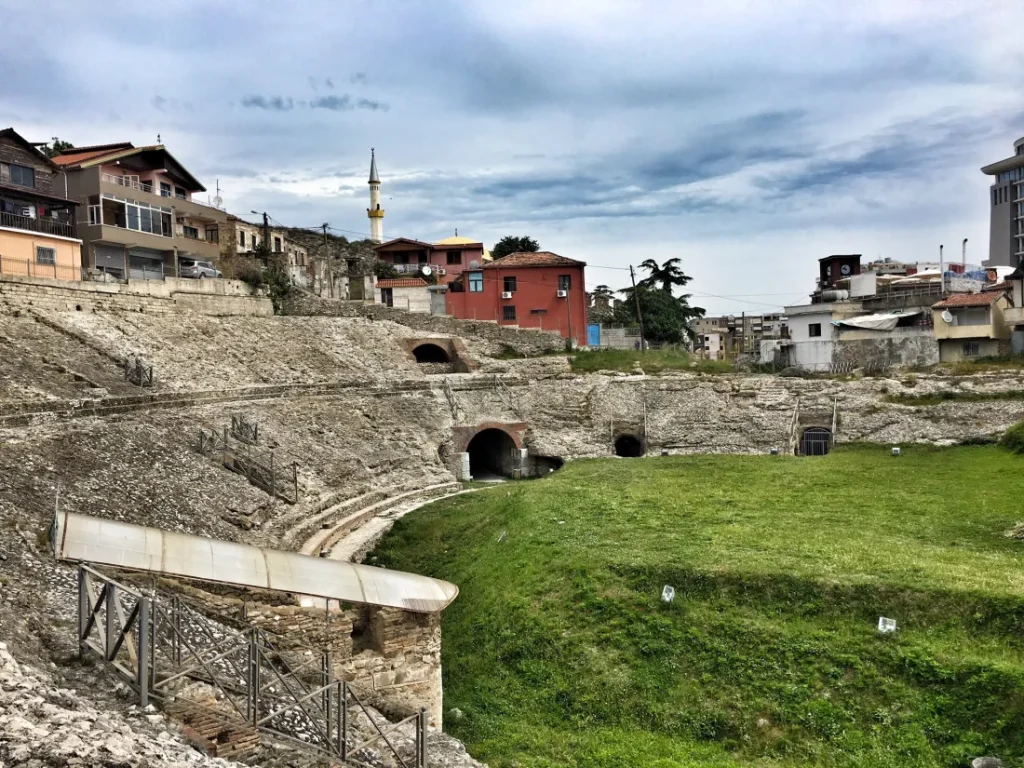
While you can easily spend a day or two hanging around Durres and its nearby beaches, we were on a cultural mission and only had about an hour. After the amphitheater, we did a quick stroll and stop for raki on the boardwalk and had a look at part of the medieval city walls before hitting the road.
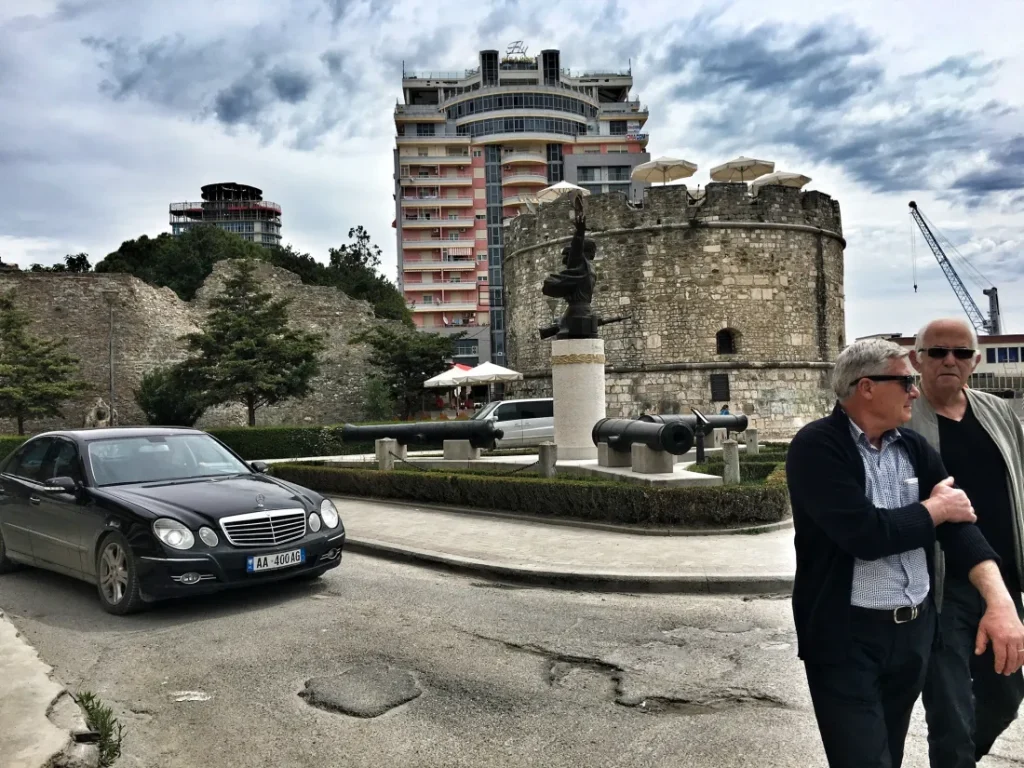
AFTERNOON
Traveling from Durres to Berat was a breeze and before I knew it, we were walking into the entrance of Kala, Berat’s beloved castle, on top of a hill which has been inhabited since the Bronze Age. Around 200 residents still live inside its walls, but honestly the only two people I think you should go out of your way to meet while you are there are Ko?o Plaku and his wife, who are the owners of Restaurant Onufri, where we had what can only be described as a feast for lunch.
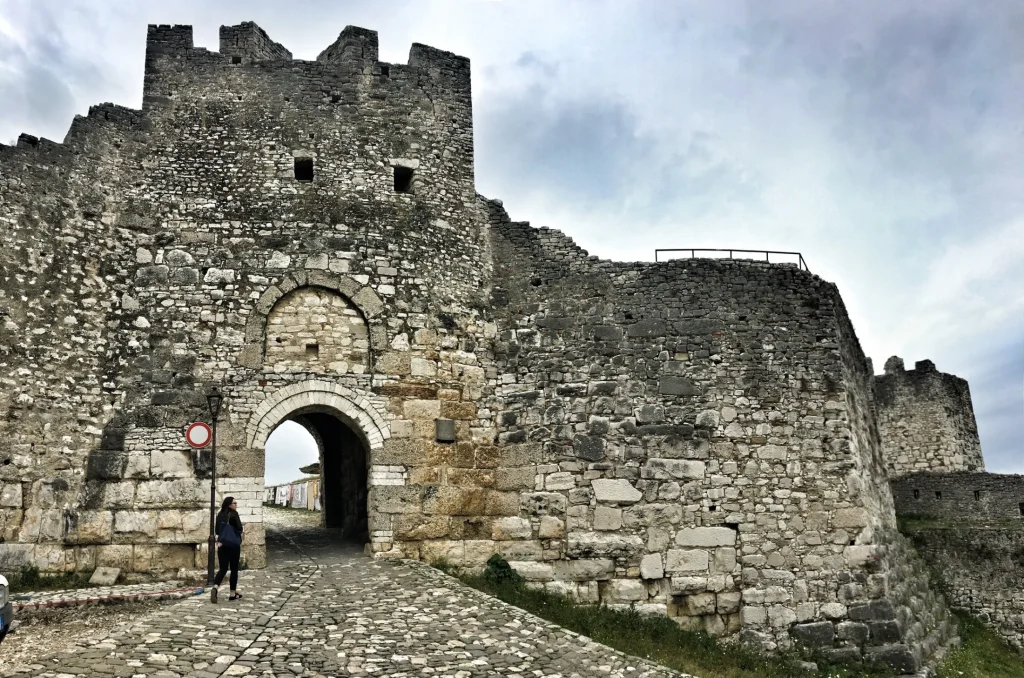
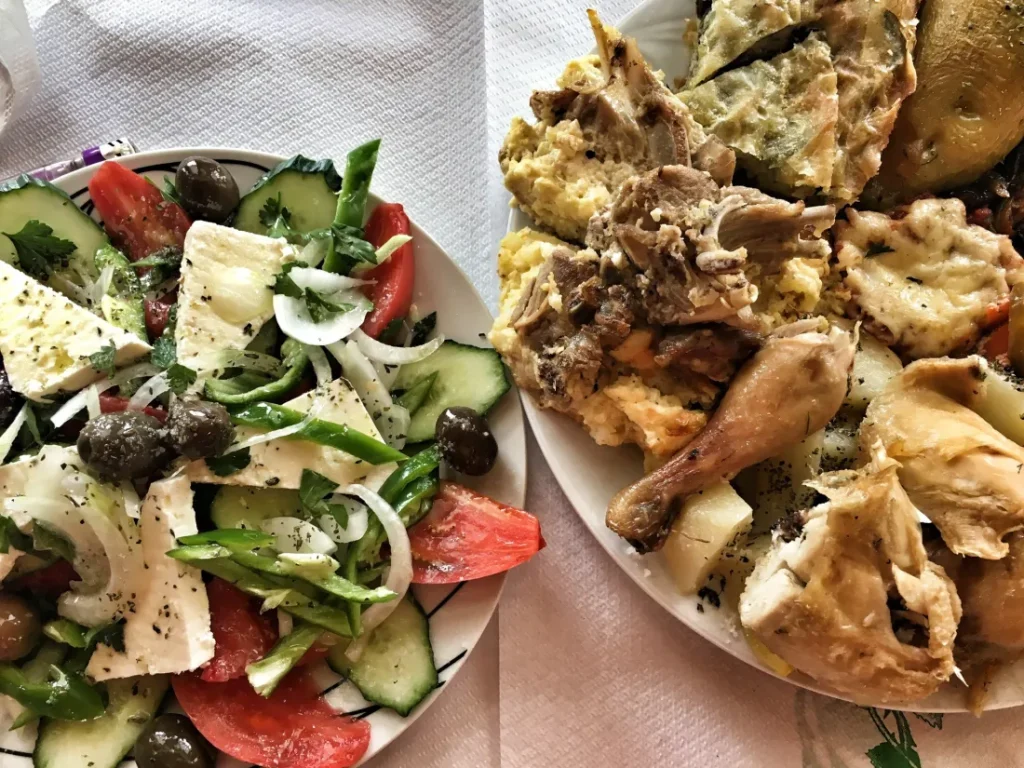
The castle, which occupies the entire hill it sits on, contains quite a bit of history with the most obvious traces being from the medieval and Ottoman periods. At one time, there were around 35 churches and a couple of mosques within the walls though most of them are now in ruins. Ten churches remain and only one of them, the Church of the Dormition of St. Mary, is open to the public (unless you happen to run into a local with keys in his hands to a few of the others like we did) and home to the popular Onufri Museum. The museum is well worth a visit with its incredible iconostasis you first meet upon entering and unique collection of icons, Bible covers, and chalices.
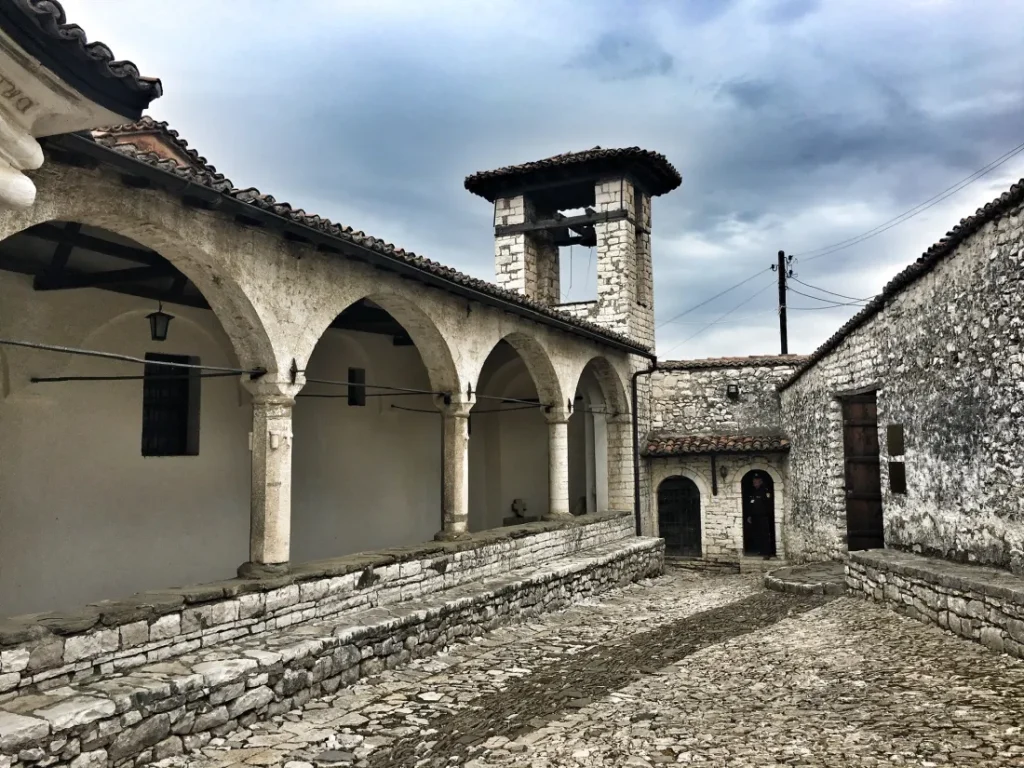
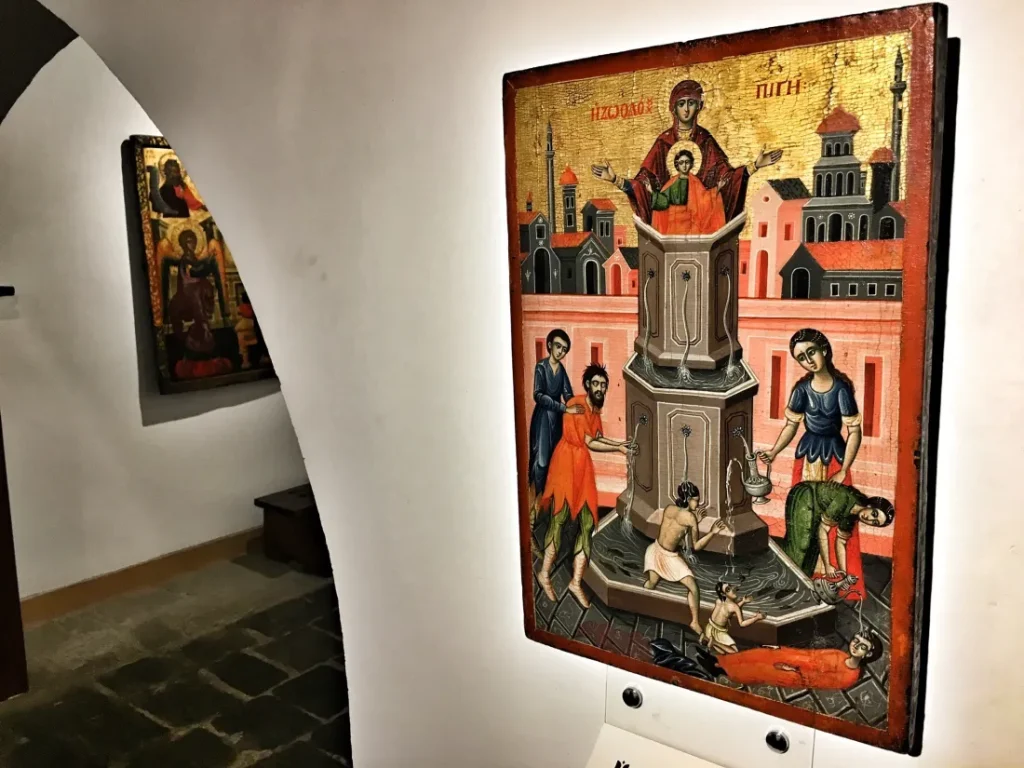
The Kala is living, breathing history and one of the absolute best things you can do while up there is get lost for a bit amongst its narrow, cobbled alleyways and ruins. Aside from the historical value the castle, the views you can take in of Berat and its surroundings while wandering around its perimeter are worth the trip there alone.
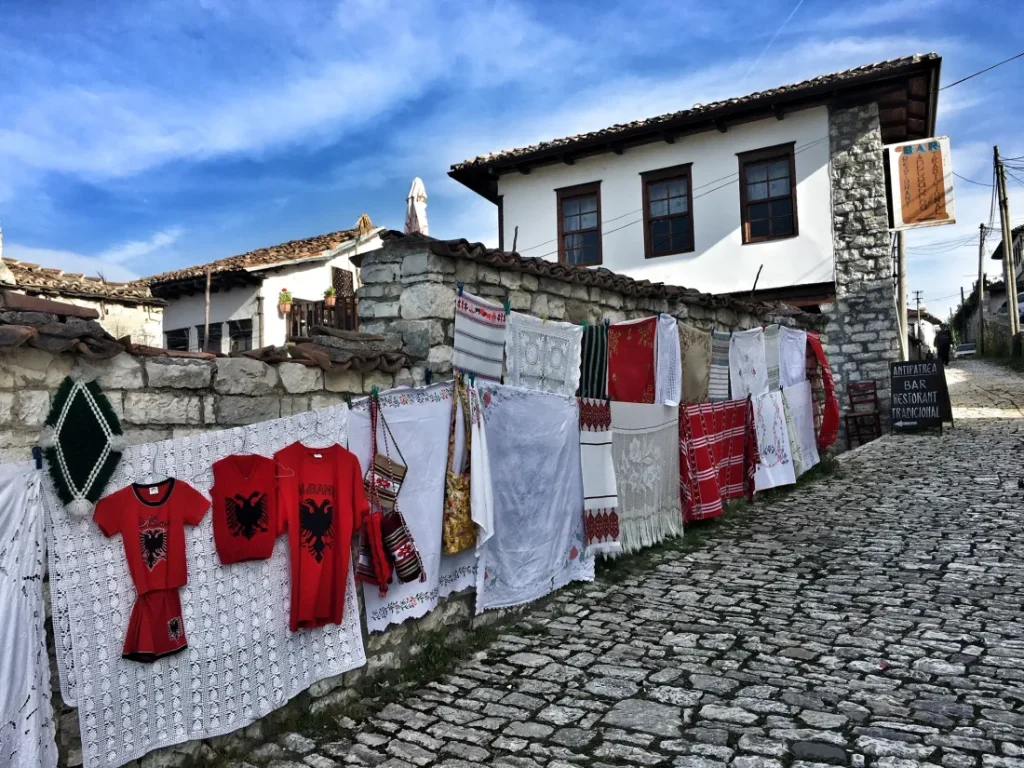
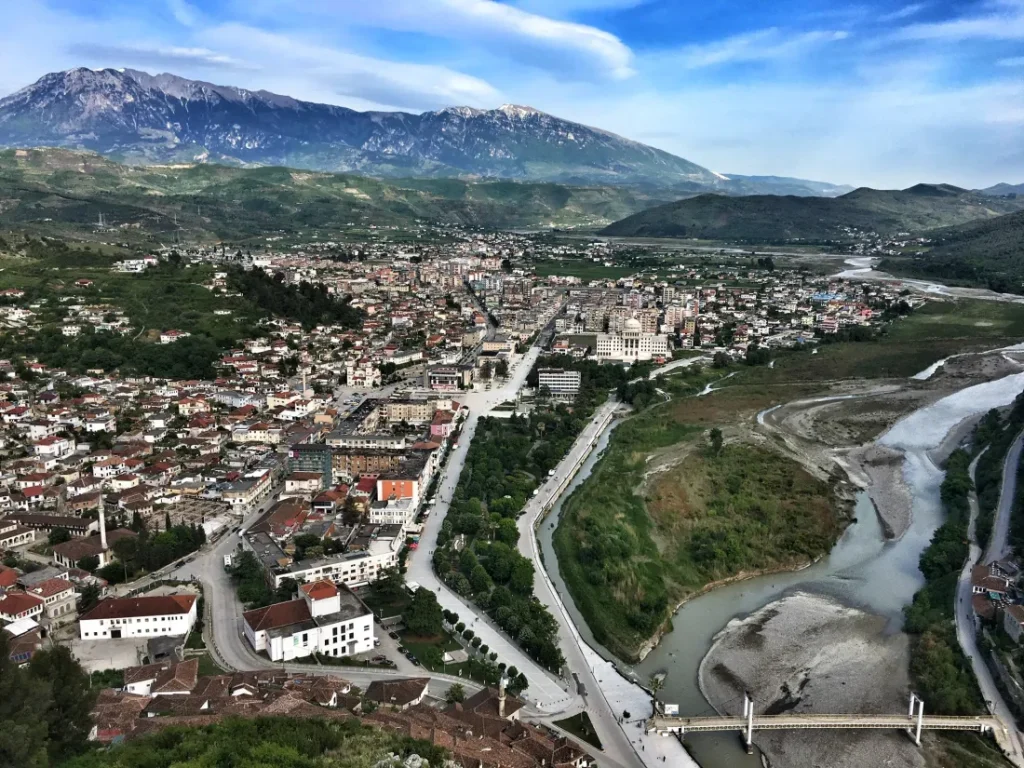
Heading down from the castle and onwards to Mangalem and Gorica – the other two “museum zones” we had left to explore – we stopped just off Rruga Mihal Komneno to visit the Ethnographic Museum which is situated behind a lovely little stretch of well-preserved, Ottoman-era homes, many with traditional ?ardaks (covered balconies).
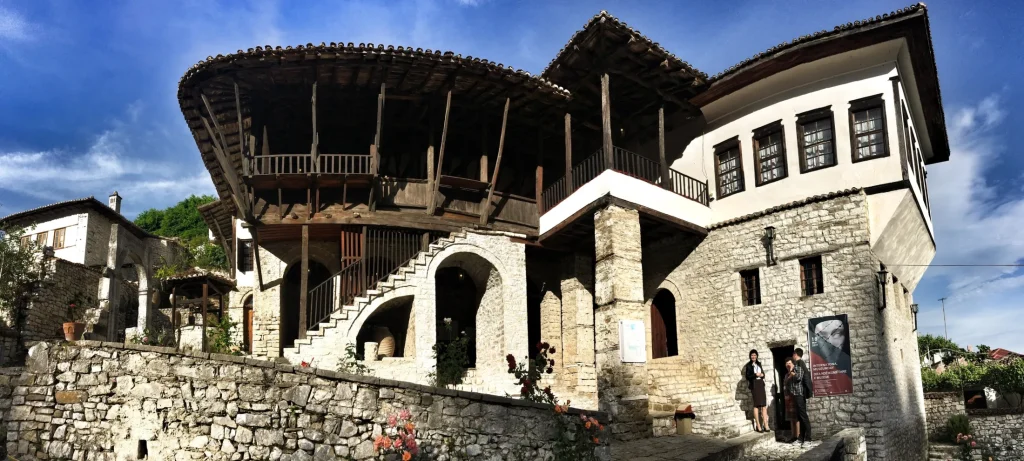
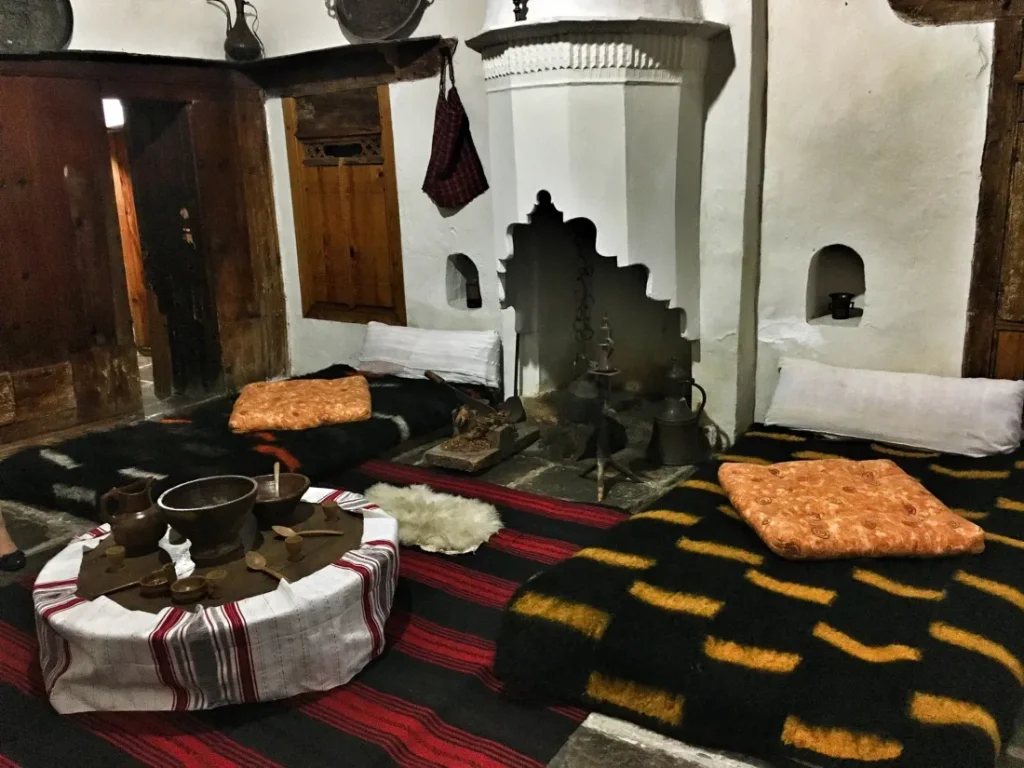
XJust a bit further down the road is the Mangalem quarter, perhaps the most photographed part of Berat, where you truly start to understand why it was nicknamed “the city of a thousand windows”. Interestingly enough, as terrible as Albania’s infamous Communist dictator Enver Hoxha was for most of the country, it’s actually thanks to him that Berat’s beauty was so well-preserved throughout the 20th Century compared to other cultural heritage sites around the country. Already in 1948, he recognized Berat’s cultural value, and in 1976, the government officially designated it as a “museum city”. In 2008, it was listed as a UNESCO World Heritage Site along with Gjirokaster, and is now one of, if not the most, visited tourist attraction in Albania.
Two other important buildings around Mangalem are the King’s Mosque and the neighboring Halveti teqe, both of which we were able to take a peek into (as they are often closed to the public – typical), and both of which have some pretty spectacular elements on their interior.
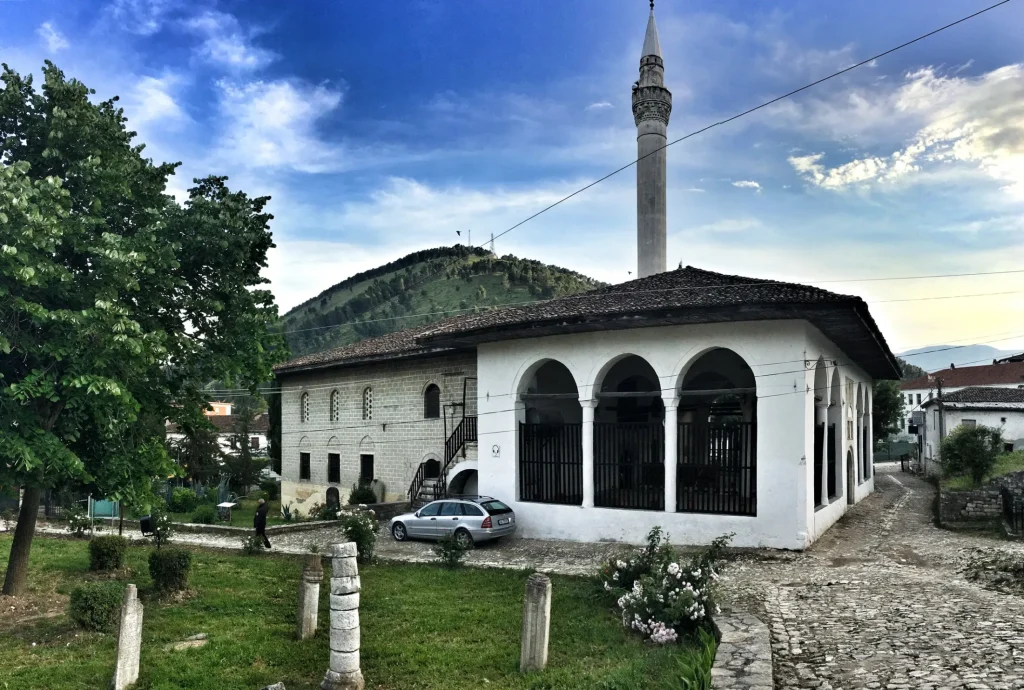
EVENING
Our final stop before departure and sunset was Gorica, the neighborhood connected to Mangalem by a couple of bridges, which is home to probably 400-500 of the 1,000 windows and the place to be for the best view of Mangalem and the Kala. This is the quieter side of the Osum River and after the Ottoman conquest became the Christian quarter.
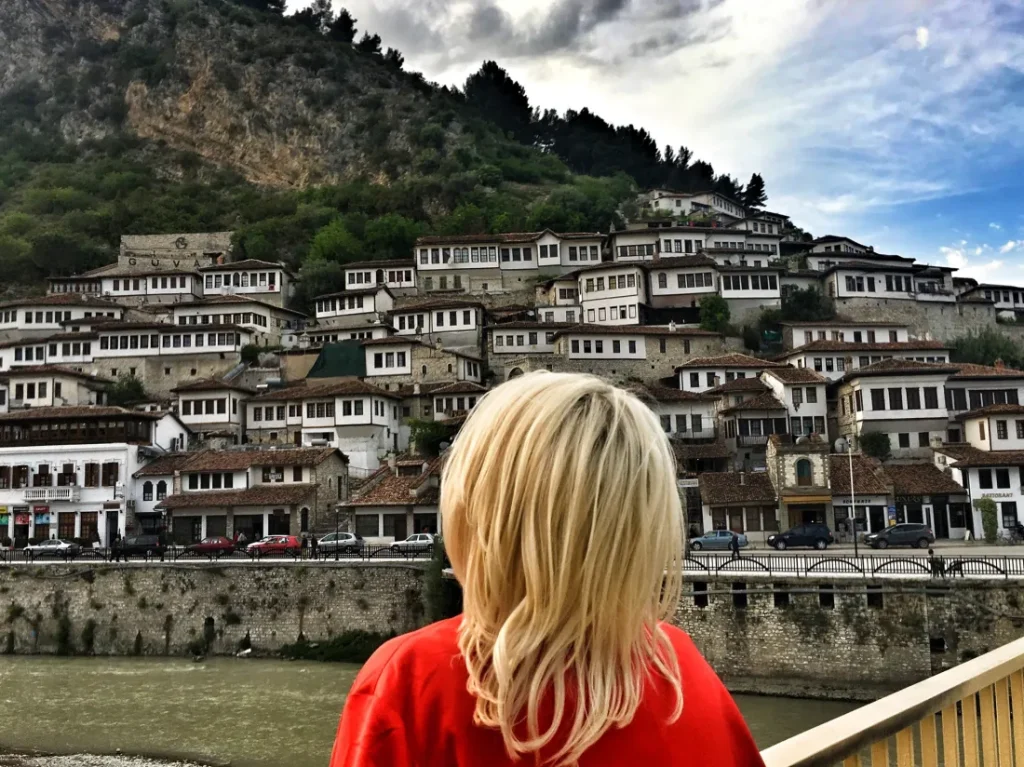
Albania can seem like quite a confusing mix of history and architectural styles, even after having visited on several occasions, so I’m glad I finally had a proper introduction to two of its most important cities, which – as usual – has only piqued my interest in exploring this wild corner of the Balkans even more.

